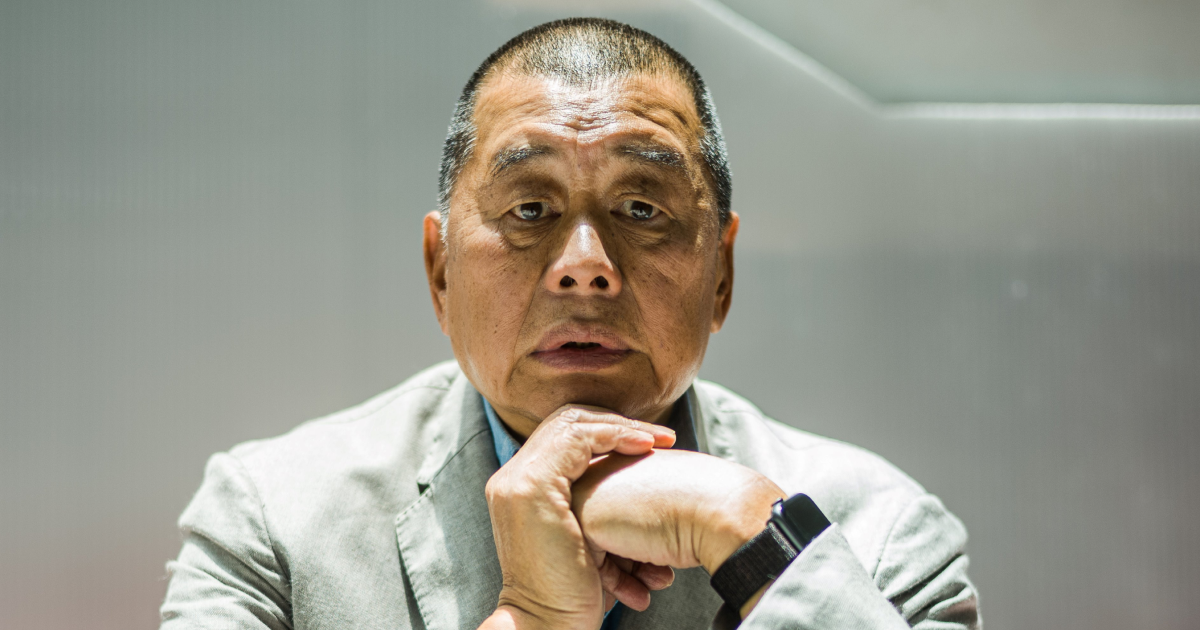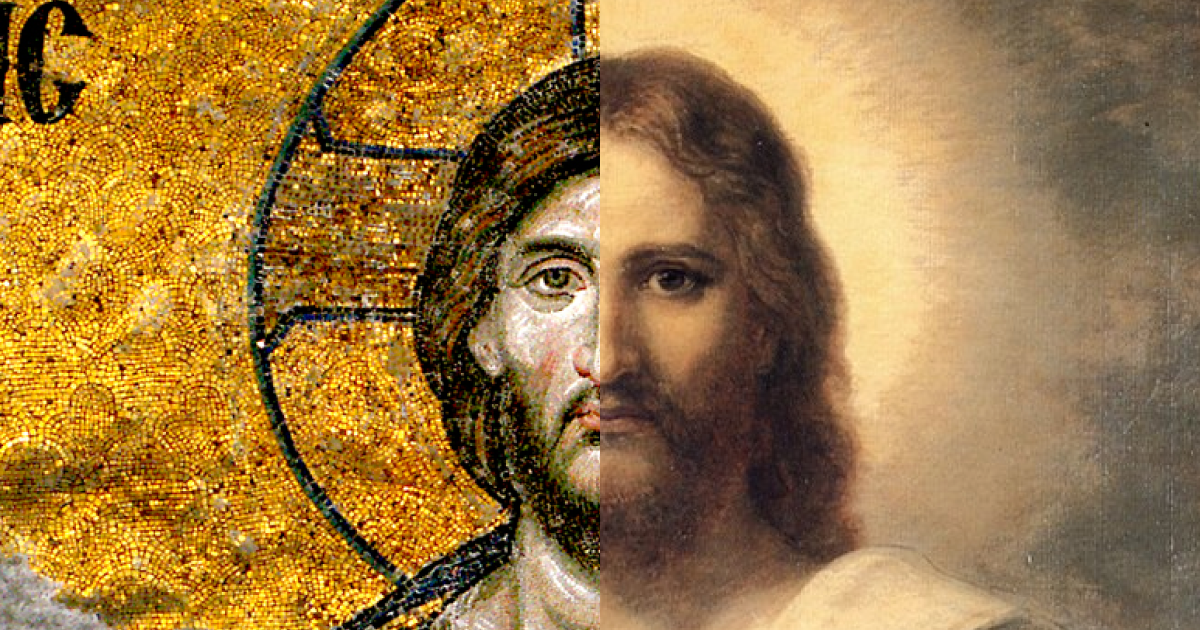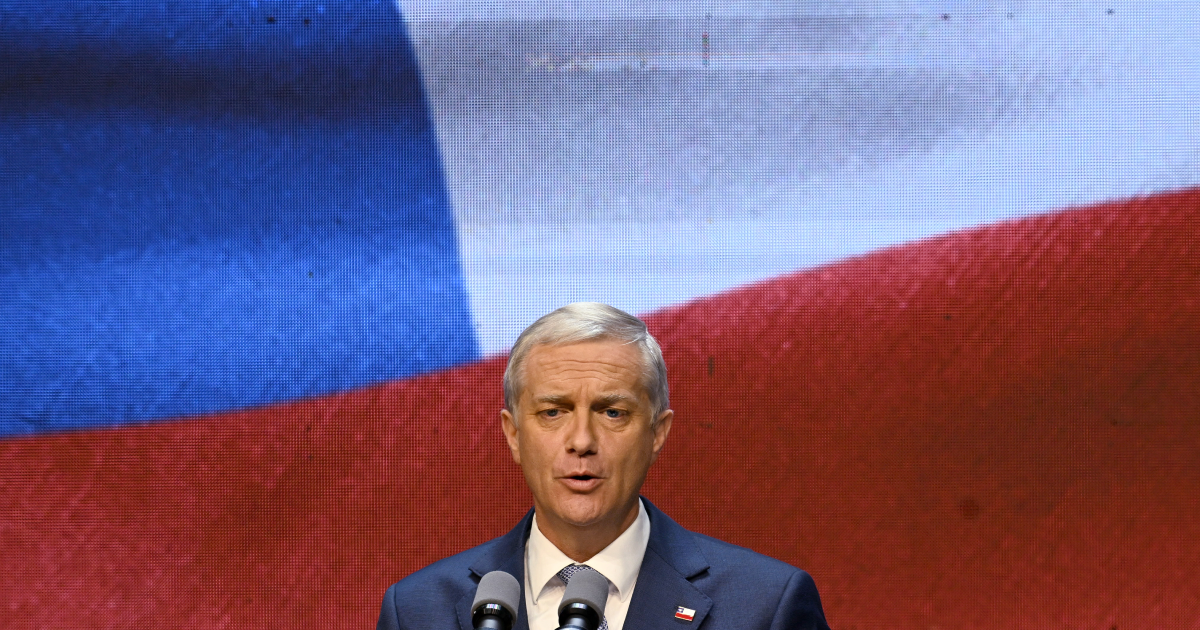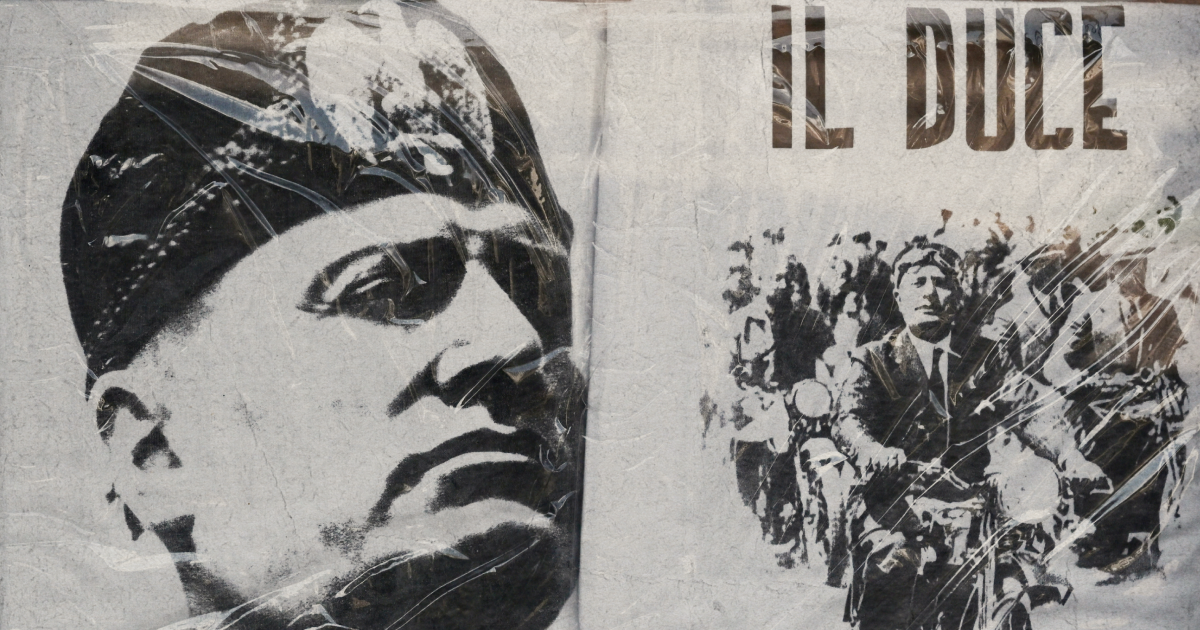As an Old Amplefordian, I have always taken an interest in reading about the Challoner Club in the Ampleforth Journal, where it is mentioned time and time again. Named after Bishop Richard Challoner (1691–1781), the great biblical scholar who helped sustain Catholic life in England during the Penal Laws, the Club had long been a bastion of heritage and fellowship until its closure in 1997. More than an honourable institution, it served as a living testament to the enduring bonds forged in youth and honoured in maturity.
Thus, when word reached me that the Challoner Club was being reintroduced this month, under the stewardship of the Chairman, Calder Claydon, a Parliamentary staffer, I felt compelled to be a part of it — not merely out of nostalgic allegiance to my Amplefordian roots, but also from a solemn duty to ensure that the time-honoured traditions of the Challoner Club would be preserved with the utmost respect and care.
The inaugural Mass of the re-established Challoner Club was fittingly held at the historic Our Lady of the Assumption and St Gregory’s Church on Warwick Street, the quasi-cathedral of the Ordinariate. Celebrated by the Club chaplain, Father Christian de Lisle, the Mass was offered in the Latin Novus Ordo, a choice both deliberate and meaningful. This liturgical form deftly bridged the often-polarised preferences between traditionalists, who hold dear the 1962 Missal or the pre-1955 usages, and loyalists to the Curia, who embrace the Novus Ordo.
Such a synthesis is emblematic of the Challoner Club’s true nature. It is not a battleground for liturgical or political contention, but rather a stronghold of unity under the aegis of Christ and Holy Mother Church. Far from the reputation of many a clubland institution, the Challoner Club stands as a testament to fellowship transcending divides, forging bonds that honour faith above liturgical faction.
The Mass concluded with an address from the Club President, Calder Claydon, who warmly introduced the re-established society and cordially invited all prospective members to continue their fellowship at the Leicester Arms.
Following the inaugural Mass, the conviviality of the evening continued at the Leicester Arms, where I had the pleasure of speaking with the Vice-Chairman of the Challoner Club, Francis Vladovici-Poplauschi, alongside a handful of prospective members. Over pints and amicable conversation, familiar faces from past gatherings mingled with new acquaintances.
After the Leicester Arms, we proceeded to the Travellers Club for the evening’s reception. The spirit of Monsignor Alfred Newman Gilbey was palpable, given his history with the Travellers. Monsignor Gilbey, renowned for his steadfast commitment to traditional Catholic values, took up permanent residence at the club after relinquishing his position as Catholic chaplain to the University of Cambridge.
The reception itself was a splendid affair. As the guests mingled, I had the opportunity to converse with members of the committee and various associates. It quickly became evident that the spirit animating the Challoner Club was one of genuine Catholic camaraderie. Contrary to the common perception that the Club was an institutional, right-wing, Latin Mass-only enclave, the reality was far more diverse. The membership included those devoted to the Traditional Latin Mass, others loyal to the Novus Ordo, and many with a range of theological outlooks. Some members are orthodox, others more flexible in their pastoral approach, reflecting the unity of the Church’s mission rather than factionalism.
During the evening, I spoke with Robert Stephenson-Padron OBE, a distinguished member of the Club. When asked about the privileges of membership, he remarked that, although the Club was still in its infancy, its chief benefit lay in connecting like-minded Catholics. While he deferred specifics on the Club’s mission to the committee, he saw its purpose as fostering growth in faith and having a positive outward impact — engaging in good works, aiding the poor and needy, and ultimately making the world a more beautiful place.
Club President Calder was quick to dispel any notion that the re-establishment was rooted in political affairs or ideology, rather than genuine fellowship. Instead, he spoke of a real need for a Roman Catholic presence within London’s clubland — a space absent since the Club’s closure in the 1990s. The evening’s event, he asserted, proved the vitality and relevance of such an institution. He took pride in the diverse membership, which spans a broad spectrum of theological and political viewpoints, unified by the shared pursuit of good Catholic fellowship. He emphasised the universal nature of the Catholic Church, highlighting the Club’s commitment to inclusivity. He stressed the importance of providing spaces for both men and women, acknowledging that Catholic women, especially those newly married or with children, might seek fellowship of their own. Similarly, he saw the need for men’s spaces, where struggles and issues can be addressed in brotherhood. Above all, Calder affirmed that the Club’s mission is rooted in universality and welcome, eschewing discrimination of any kind.
At present, it remains a waiting game, as the Challoner Club looks for a permanent home befitting its stature. It is a rare and welcome occurrence to witness the revival of such a grand and esteemed institution, and it deserves our thoughtful support.




.png)











